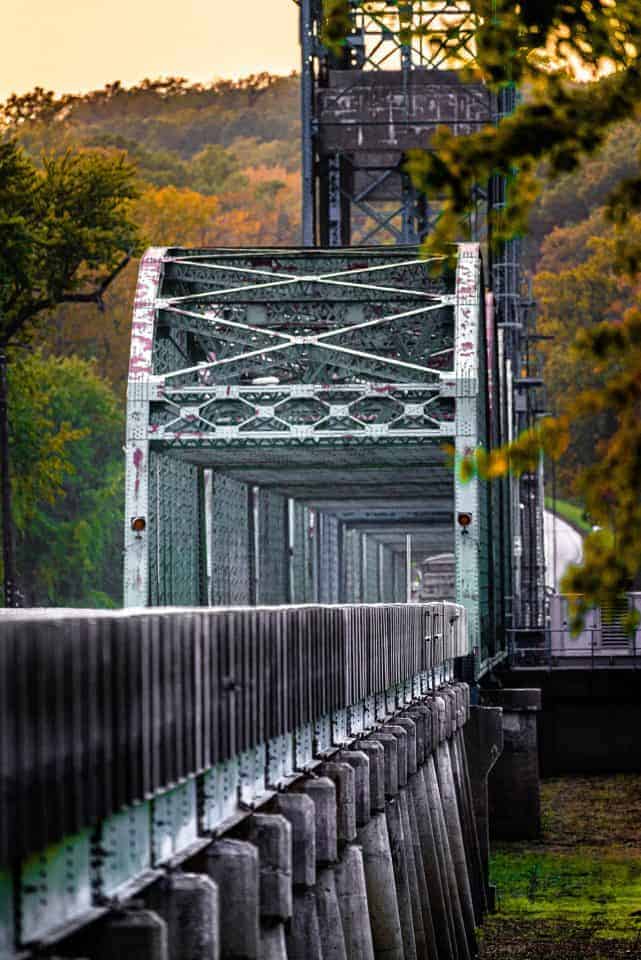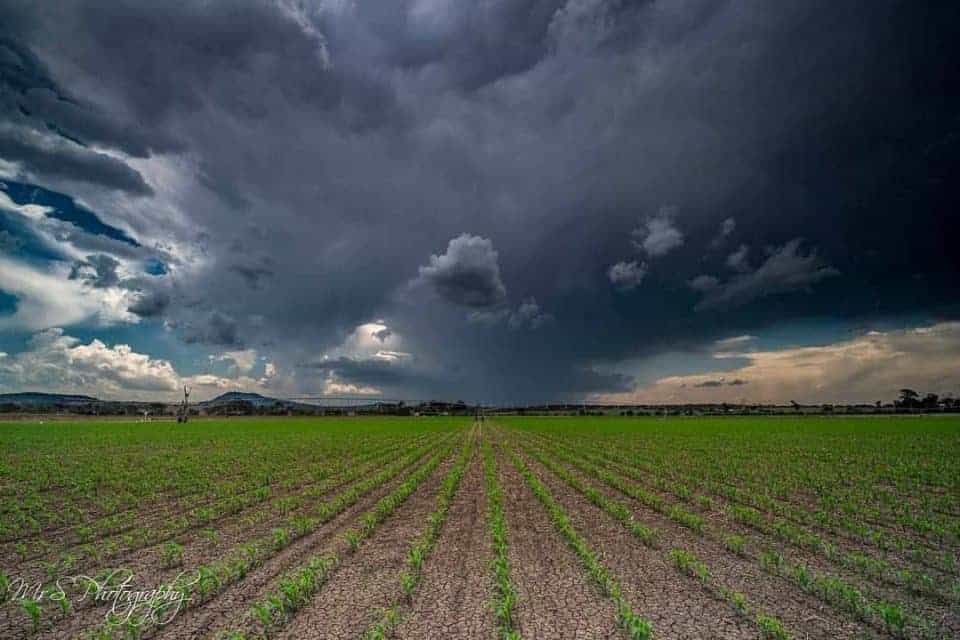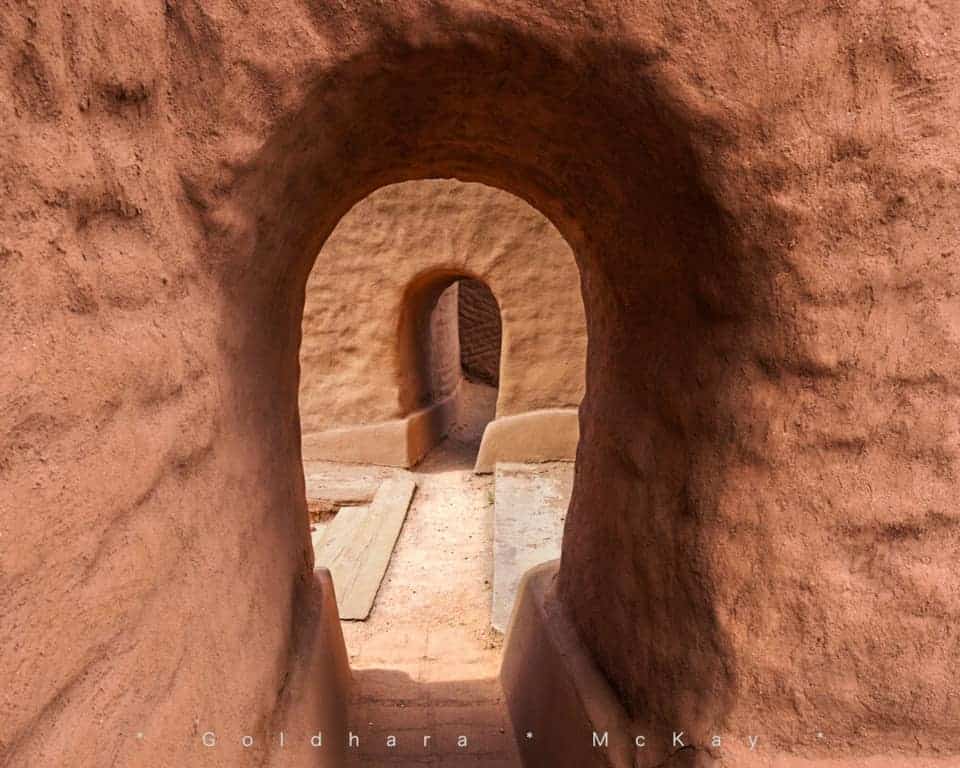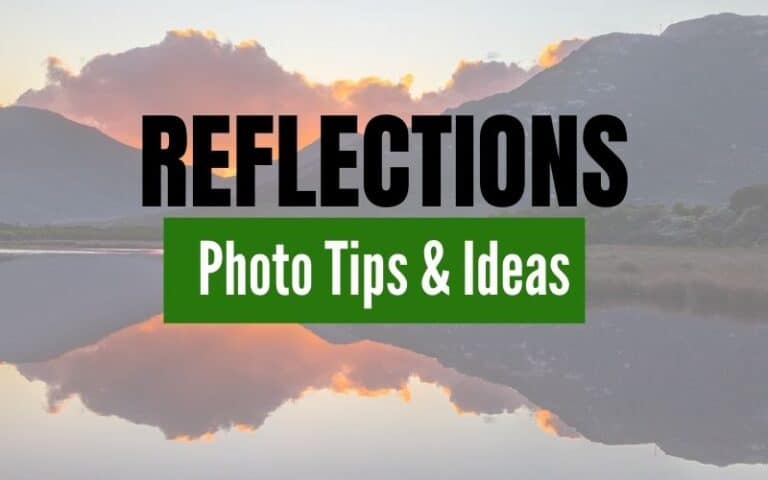Leading Lines Photography Ideas
Using leading lines in photography is a key concept to draw the viewer’s eye to the main subject of the image.
Composing the image using lines this way is a basic photography technique you should learn.
Take a look at the leading lines photography ideas to illustrate this compositional technique.

This site contains affiliate links which means WE may receive commissions for purchases made through these links. We only provide links to products we actually use and/or wholeheartedly recommend! As an Amazon Associate, we earn from qualifying purchases. Read the full Disclosure Policy.
Camera Gear for Landscape Photography
- Tripod: take a look at these compact and lightweight travel tripods!
- Camera Bag: protect your camera from sand and water → We use Lowepro camera backpacks for outdoor photography.
- Neutral density filter: to compensate for variance of light you’ll need to use a neutral density filter. → Check out the Kase magnetic filters we use!
- Camera cleaning kit: remove dust or water that WILL get on your lens. NOTE: this is not for cleaning the sensor.
- Memory cards: purchase name brand memory cards since you’re trusting your images to the card! → We use Lexar and Sandisk!
- External hard drive: copy photos to a portable external hard drive ‘just in case’.
- Headlamp: use when taking sunrise and sunset photos!
Camera Gear at B&H Photo
Photo Ideas Using Leading Lines
Learn how to use leading lines photography.
Take a look at the leading lines photo ideas shared by members of our Facebook Group, Your Photgraphy Journey.
WATCH the video as we discuss how leading lines are used in each landscape photo.
Leading Lines Photo Examples
Using a leading line in a landscape photo paves a path for the eye to follow through the different elements in the scene.
Manmade and natural leading lines are all around us. The photographer’s job is to find and arrange them in the composition so they lead toward something, even if it’s simply leading through the scene.
Straight Lines
Juliana Puyo uses the straight lines of the escalator to guide the viewer’s eye from the foreground at the bottom of the photo then up through the top and beyond.

The lines here also create a diminishing perspective which adds depth to the scene.
Look at this picture closely and see if you can tell if the escalator is going down or going up!
In this image by Tony Kendrick, the straight lines move through the foreground, midground and background to create a sense of depth.

There is no subject at the end of the train tracks. The intent of the lines is to lead the eye through the image.
The viewer creates interest by imagining what can be seen farther along the tracks!
When you look at this photo taken by Grant Andrews, you immediately get drawn into the scene.

As a viewer, I want to walk down this pier to enjoy the beautiful ocean views of New Zealand!
The lines of the pier, railings and intermittent light poles all create a wonderful diminishing perspective to give that sense of depth that leads the eye through the image.
Curved Lines
Roads are often used as leading lines. Bonnie Melnichenko found a curved road that works to lead the eye through the photo.

The road starts at the bottom of the picture, which is the foreground, then it winds through the midground and the viewer is left to wonder what’s beyond the final curve.
James Carro uses the curved path and railing to lead the eye toward the buildings in this image.

Then the vertical lines of the buildings lead the eye up through the rest of the picture.
If you look closely, there are quite a few lines in this photo that all seem to lead to the tower that stands out against the blue sky background.
In this photo by Terri Chabot, the line in the foreground is straight, but then curves or angles to the right to lead the eye to the sun on the horizon.

There are also horizontal planks in the foreground that lead to the right toward the sun.
With a prominent horizon line in this picture, Terri made sure it was straight. And placing it in the middle of the photo gives equal attention to the foreground and the sky background.
Diagonal Lines
The road in this photo by Wilfred Medwynter is positioned on a diagonal angle.

Diagonal lines also guide the eye through the scene, and we wonder what’s beyond the curve in this particular setting.
Did you also see the short brick wall in the bottom right corner that also acts as a line leading to the road?
There are a few leading lines in this photo taken by Richey Oliver.

The first one you notice is the diagonal line of the train cars and train track. They lead the eye from the left side to the right side.
Take a look at the tree on the far left side of the photo. The branches lead to the train on the right side.
Richey Oliver uses a diagonal line that creates depth in this photo of the bridge.

And hopefully you see the vertical lines that guide the eye from bottom to top as well.
Richey did a terrific job of filling the frame with just part of this bridge so the detail could stand out to create interest.
Natural Lines
This photo by Jennifer Wolff focuses on the natural line created between the rows of trees.

The line starts at the bottom of the photo and runs up and into the photo, creating depth.
You also see the vertical lines of the tree trunks continuing to guide the eye through the top of the photo.
The subject of this photo by Bobby Skidmore is the dramatic sky.

He used a natural element, the crop rows, to lead the viewer’s eye up and into the storm clouds.
Bobby placed the horizon line in the center of the picture so there was balance with the bottom and top portions of the scene.
Roy Goldsberry used the natural lines found in the stone layers to guide us through the scene.

By now you can probably see the other elements in the photo that lead the eye, like the rock formation column that runs left to right.
The low perspective used here really makes the lines pop and create a dramatic effect in this photo!
Create Depth
The photo below is taken at Glacier National Park along the Going to the Sun Road. It’s a spectacular road that traverses up and over a towering mountain.

Gerardo Trevino is using a few leading lines to guide the eye along the road, through the tunnel and beyond.
The viewer can see the depth from the starting point where Gerardo is standing to the faraway mountains in the background.
Here’s a terrific photo showcasing depth taken by Dustin Clark.

The line created between the posts of the pier draws your eye from the beach into the waves and out into the ocean.
Finding elements that draw the viewer through the photo turns the image from 2- to 3-dimensional which creates interest!
Goldhara McKay captured an image with lines and elements that guide the viewer through the scene.

Notice the lines on the edges of the photo that lead toward the closest opening.
Then there are various types of lines beyond that keep the eye moving through the image.
Create a Visual Journey
Frank Preston, Sr. has used leading lines to create a visual journey in this image below.

You see the main line moving diagonally from right to left toward the most colorful part of the sky.
Then your eyes start to follow some of the smaller lines of the branches and background trees that are silhouetted in the picture.
The amazing elements in the photo all combine to give the viewer a journey as they take notice of all the various parts.
In this photo taken by Alfredo Cruz, there is a dominant line from bottom to top.

This building is filled with lines, patterns and details that it takes time for the viewer to see it all.
Alfredo adds to this journey by adding an upward and slightly tilted perspective. All of this combined creates a visual journey of exploration.
Kelly Benton captures a photo that tells a story. The road leads toward the water. There are people with life vests on walking on the road toward the water. In the distance there is a boat in the water.

We may not know the specific details, but this photo tells a visual story of the people and where they are going.
There’s an interesting mood due to the fog in this photo taken by Kira Svenningsen.

You see the path and fence lines guide the eye through the scene into the foggy background.
Due to the muted light, it takes a bit more work to examine the photo, which adds to the journey for the viewer.
Draw the Eye to the Subject
Jeff Hall composed this photo with the fence and trail as diagonal lines starting in the foreground and moving through the scene.

But the vertical posts of the fence also lead the eye up toward the mountain.
This photo also showcases the concept of layers really well with foreground, middleground and background elements.
As you learn the various compositional techniques, you’ll see many of them used in combination with each other.
In this photo by James Griffin, he uses line elements to point to the barn.

The vertical lines of the plants and the vertical lines of the fence posts, guide the eye up to the barn.
There’s also a road in the upper left portion that leads toward the barn.
Erik Cody Stone captured a scene with visual interest.

There are railroad lines leading to the station. There is a path on the far right that leads to water and a grassy area. There are lines in the grassy area that lead farther into the background. And there are street and tree lines in the upper left that lead the eye along the buildings beyond the scene.
Once you starting taking notice of lines in the things you photograph, you can compose them to draw the eye purposely into the scene.








